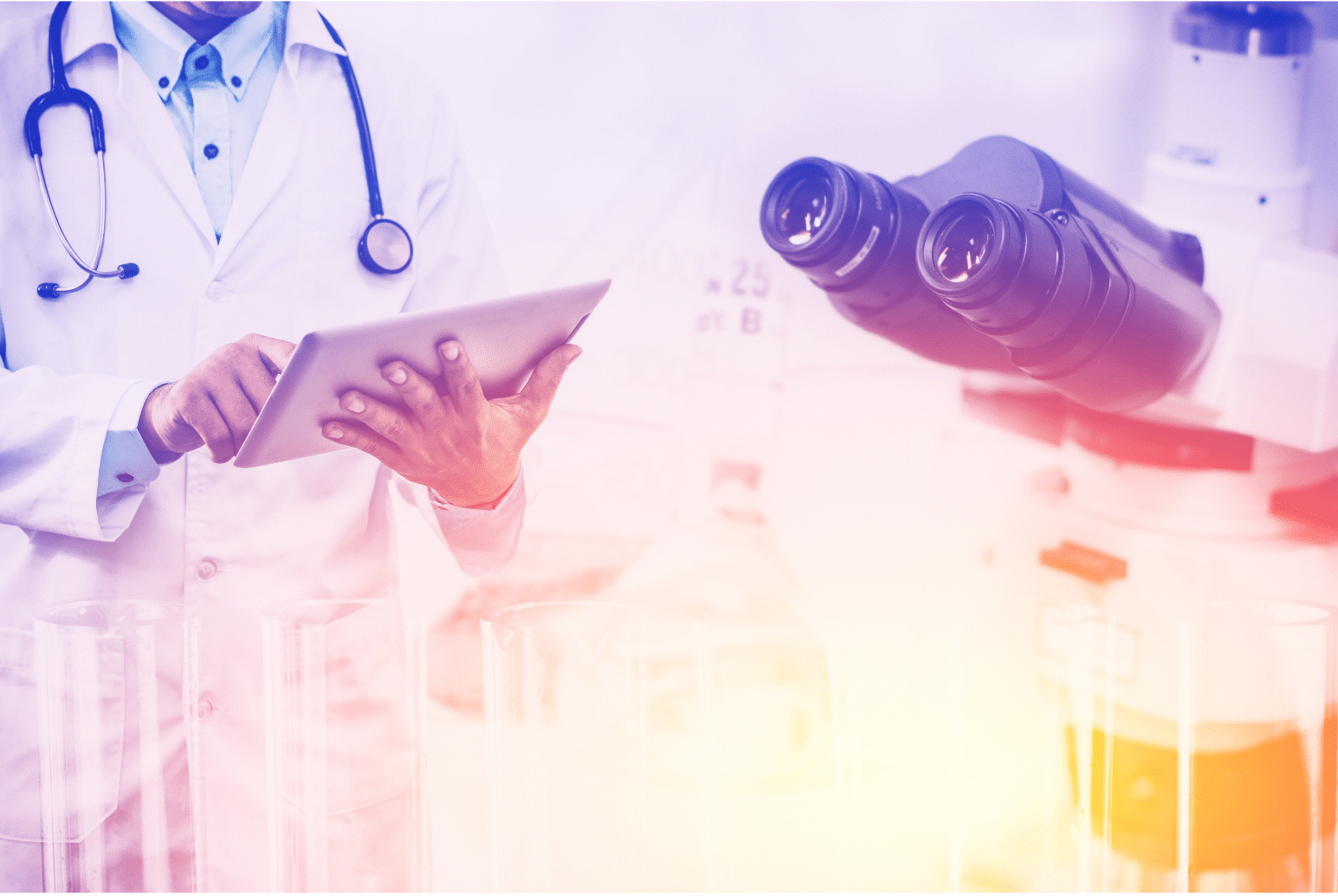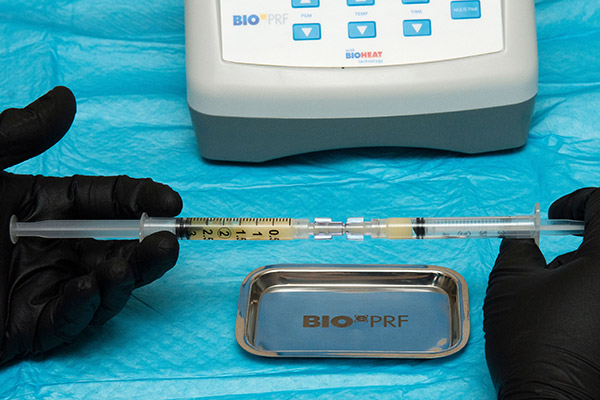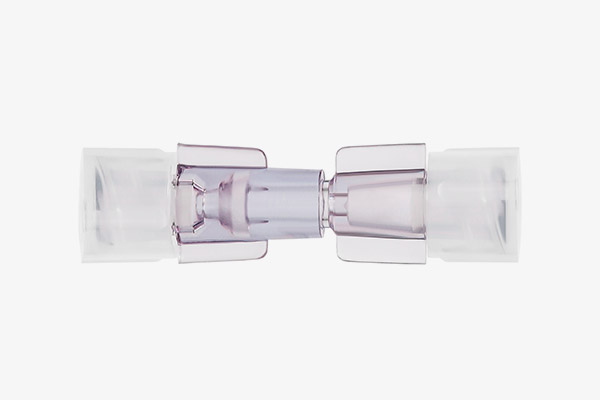Platelet-rich fibrin (PRF) has been proposed as an autologous membrane with the advantages of host accumulation of platelets and leukocytes with entrapment of growth factors. However, limitations include its faster resorption properties (~2 weeks). Interestingly, recent studies have demonstrated that by heating a liquid platelet-poor plasma (PPP) layer, the resorption properties of heated albumin (albumin gel) can be extended from 2 weeks to greater than 4 months (e-PRF). The aim of the present study was to characterize the biological properties of this novel regenerative modality. Whole blood collected from peripheral blood in 9-mL plastic tubes was centrifuged at 700 g for 8 minutes. Thereafter, the platelet-poor plasma layer was heated at 75°C for 10 minutes to create denatured albumin (albumin gel). The remaining cells and growth factor found within the buffy coat layer (liquid PRF) were thereafter mixed back together with the cooled albumin gel to form Alb-PRF. Histological analysis, including the distribution of cells within Alb-PRF, was then performed. Seven different growth factor release kinetics from AlbPRF were characterized up to 10 days, including PDGF-AA, PDGF-AB, PDGF-BB, TGF-β1, VEGF, IGF and EGF. Thereafter, gingival fibroblast cell responses to Alb-PRF were investigated by means of a live/dead assay at 24 hours; migration assay at 24 hours; proliferation assay at 1, 3 and 5 days; real-time PCR for the expression of TGF-β and collagen 1a2 at 3 and 7 days; and collagen 1 immunostaining at 14 days. It was first observed histologically that viable cells were evenly distributed throughout the Alb-PRF formulation. Growth factor release demonstrated a slow and gradual release, particularly for TGF-β1 and PDGF-AA/AB, during the entire 10-day period. Alb-PRF also exhibited statistically significantly higher cell biocompatibility at 24 hours and statistically significantly induced greater fibroblast proliferation at 5 days when compared to those of control TCP. Alb-PRF further induced statistically significantly greater mRNA levels of TGF-β at 3 and 7 days, as well as collagen 1 at 7 days. The present results indicate that AlbPRF possesses regenerative properties induced by the slow and gradual release of growth factors found in liquid PRF via albumin gel degradation. Future studies are thus warranted to fully characterize the degradation properties of Alb-PRF in vivo and explore future clinical applications in various fields of medicine.


Whole blood (9-10 mL) was centrifuged at 700 g for 8 minutes. The upper layer (yellow layer) shows the
liquid plasma layer.
The most upper layer of platelet-poor plasma (PPP) was collected in a syringe. (Figure 1)
 Figure 1 : Collect of PPP layers
Figure 1 : Collect of PPP layers
The collected PPP was heated in a Bio-Heat heating device at 75°C for 10 minutes and thereafter.. (Figure 2)
 Figure 2 : Introduction of the PPP
Figure 2 : Introduction of the PPP
..cooled to room temperature for approximately 10 minutes. An injectable albumin gel was then prepared. (Figure 3)
The liquid platelet-rich layer (liquid-PRF), including the buffy coat layer with accumulated platelets and leukocytes, was collected in a separate syringe. (Figure 4)
 Figure 3 : Bio-Cool Device
Figure 3 : Bio-Cool Device
The albumin gel and native liquid PRF were then thoroughly mixed by utilizing a female-female luer lock connector. (Figure 5)
Injectable Alb-PRF in final ready form.
 Figure 4 : Note the difference in texture between liquid C-PRF and albumin gel
Figure 4 : Note the difference in texture between liquid C-PRF and albumin gel
 Figure 5A : Mixing of the albumin gel with the liquid-C PRF
Figure 5A : Mixing of the albumin gel with the liquid-C PRF
 Figure 5B : Connection of the female-female luer lock connector to start the Alb-PRF production
Figure 5B : Connection of the female-female luer lock connector to start the Alb-PRF production
The Alb-PRF can also be utilized to fabricate custom grafts utilizing a specialized designed tray to make a Bio-Graft for root coverage procedures of gingival recessions.
It may also be utilized to create a custom Bio-Heat membrane with incorporation of an outer ‘sticky bone’ layer. This creates Bio-Bone which includes an outer ‘barrier’ like membrane with a 4-6 month resorption property and an internal particulate bone layer all interconnected with living autologous cells and growth factors!
